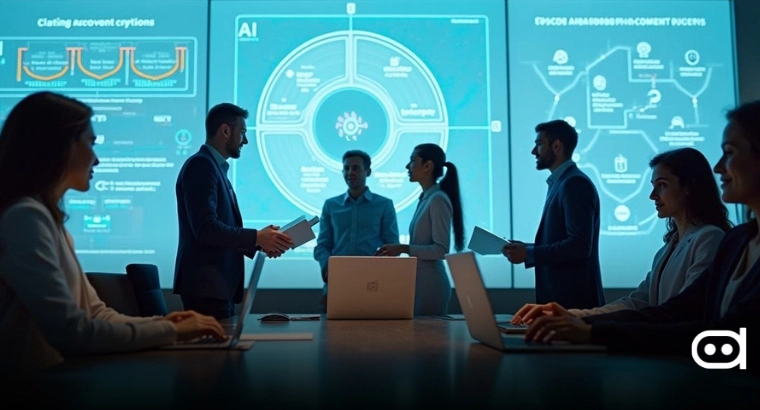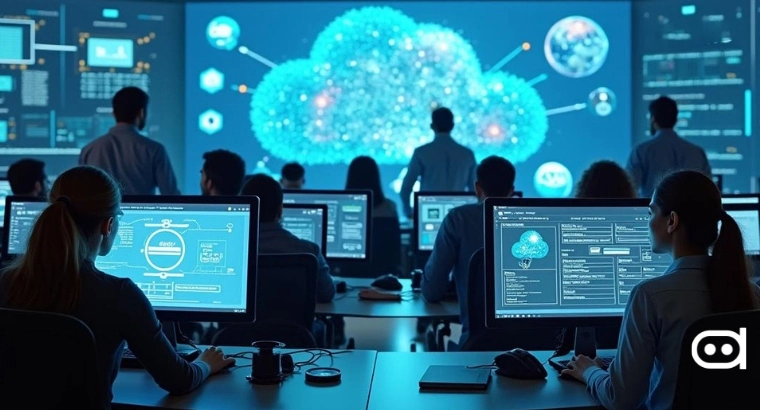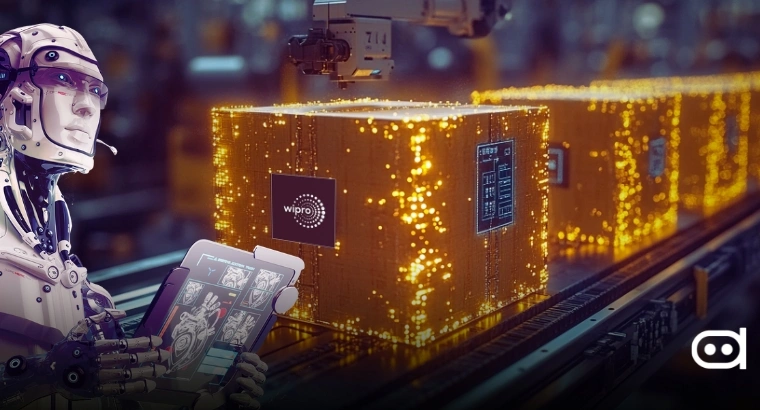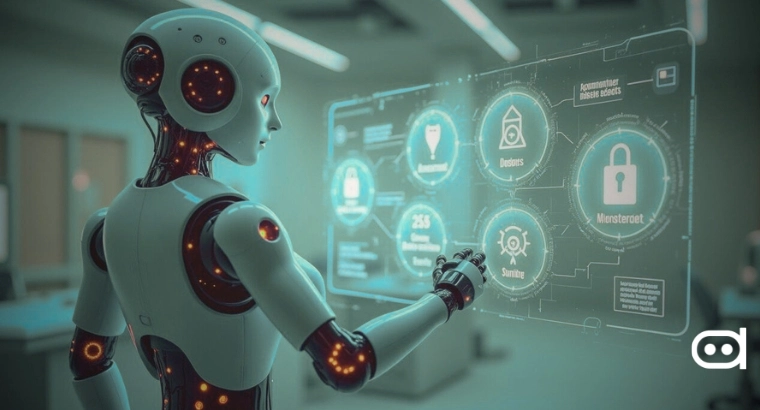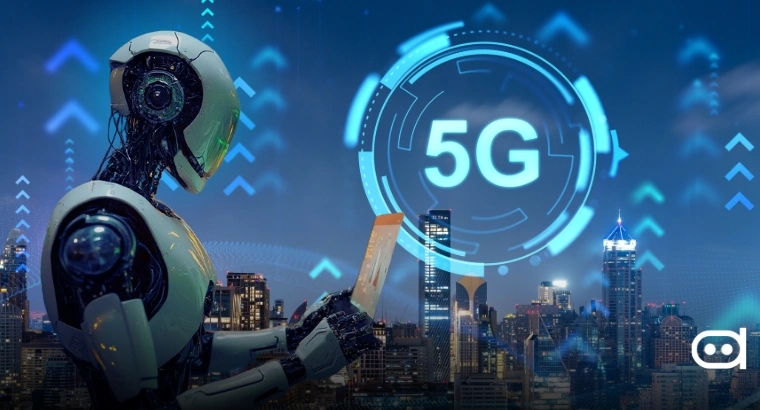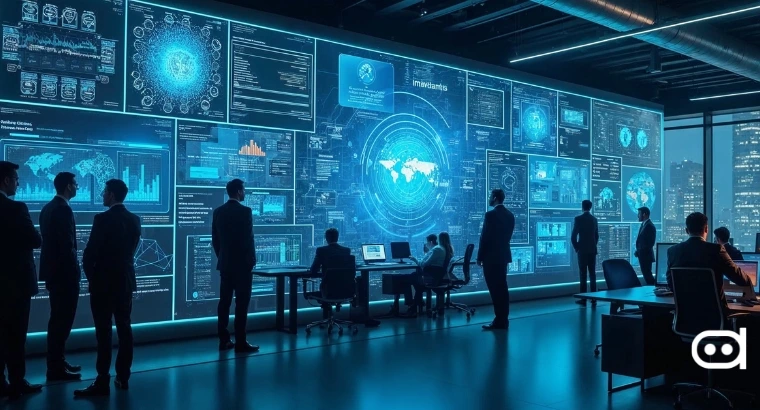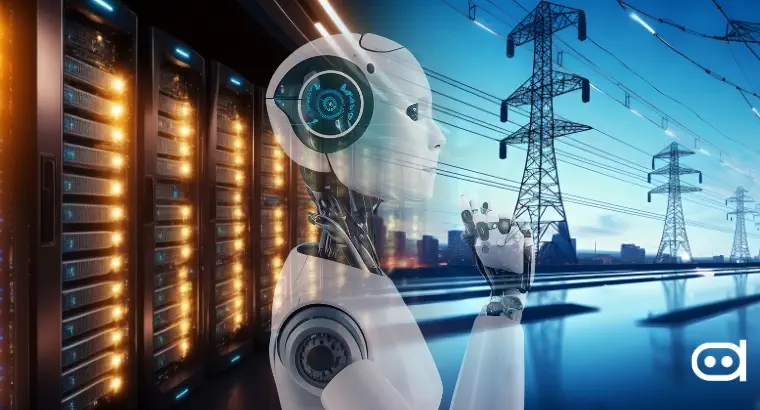
- The future of artificial intelligence (AI) is often envisioned through the lens of cutting-edge algorithms and smart applications. However, the true backbone of AI lies in the robust infrastructure of servers, steel, and power. This article explores the critical yet often overlooked elements that are essential in driving AI’s progress.
- David Cahn’s insights into AI infrastructure reveal the importance of physical resources and energy in supporting AI technologies. By examining servers, steel, and power, we uncover the foundational components that enable AI to thrive and transform industries.
The Foundation of AI- Servers
AI’s growth depends heavily on server technology. Servers serve as AI’s brains by processing huge data and enabling complex computations. Recent servers have become more advanced in terms of computer power and memory capacity to handle the heavy workloads needed for AI applications that involve data storage, retrieval, and real-time processing, thus making them critical in ensuring the smooth running of AI across industries.
Steel’s Mightiness in AI Infrastructure
Steel, which also plays a major role in AI infrastructure, is often associated with construction and manufacturing. The physical spaces where the servers are contained, known as data centers, are made of steel to make them robust and durable. Data centers require materials that can withstand harsh conditions while providing safety for their valuable information. By nature, steel can bear heavy weights from server racks as well as air conditioning units while maintaining the stability necessary for uninterrupted AI functions.
Powering AI – The Energy Factor
Reliable green energy sources are required to meet the huge energy demands of AI. AI requires a constant supply of electricity to run its servers continuously and keep its data centers functioning optimally. To accommodate this need sustainability, renewable energy sources such as solar or wind systems has been integrated into it. Consequently, this adoption is in line with global efforts towards the reduction of carbon prints, hence making AI advancements environment-friendly at their core.
Innovation through Infrastructure
In AI, innovation is driven by a strong relationship between these three factors, namely servers, power sources, and metal or basic materials used like steel in constructing premises for controlling machines through computerization (Barretto& Melmed). Companies are going for modernized state-of-the-art data centers that use cutting-edge technology plus have a low environmental impact due to their efficient design structure (Shanmugasundaram et al.). This includes supporting various applications using AI, from healthcare to finance (Barretto& Melmed). There has also been an emergence of a strong AI ecosystem, which is characterized by advanced server technology, improved construction materials, and green energy options that support growth and development.
Read More:Mo Gawdat Warns: Human Innovation at Its Twilight
Future Prospects and Challenges
AI will need more infrastructure in the future. This means there are prospects for better servers, stronger lighter construction materials and more advanced renewable energy options. However, some issues are still huge like power consumption or resource management besides environmental effect. It therefore calls for a combination of technological advancement with sustainable practices to tackle these challenges so that AI infrastructure can be viable in a long-term perspective.
Conclusion:
The future of AI is closely tied to its supporting infrastructure. What makes AI possible is servers, steel, and electricity. Therefore, grasping them and investing in them is essential for sustaining AI progress as well as ensuring it has a positive impact on society. In other words, the fulfillment of AI’s potential will depend on building stronger ties between technology and infrastructure going forward.
Latest Stories :
